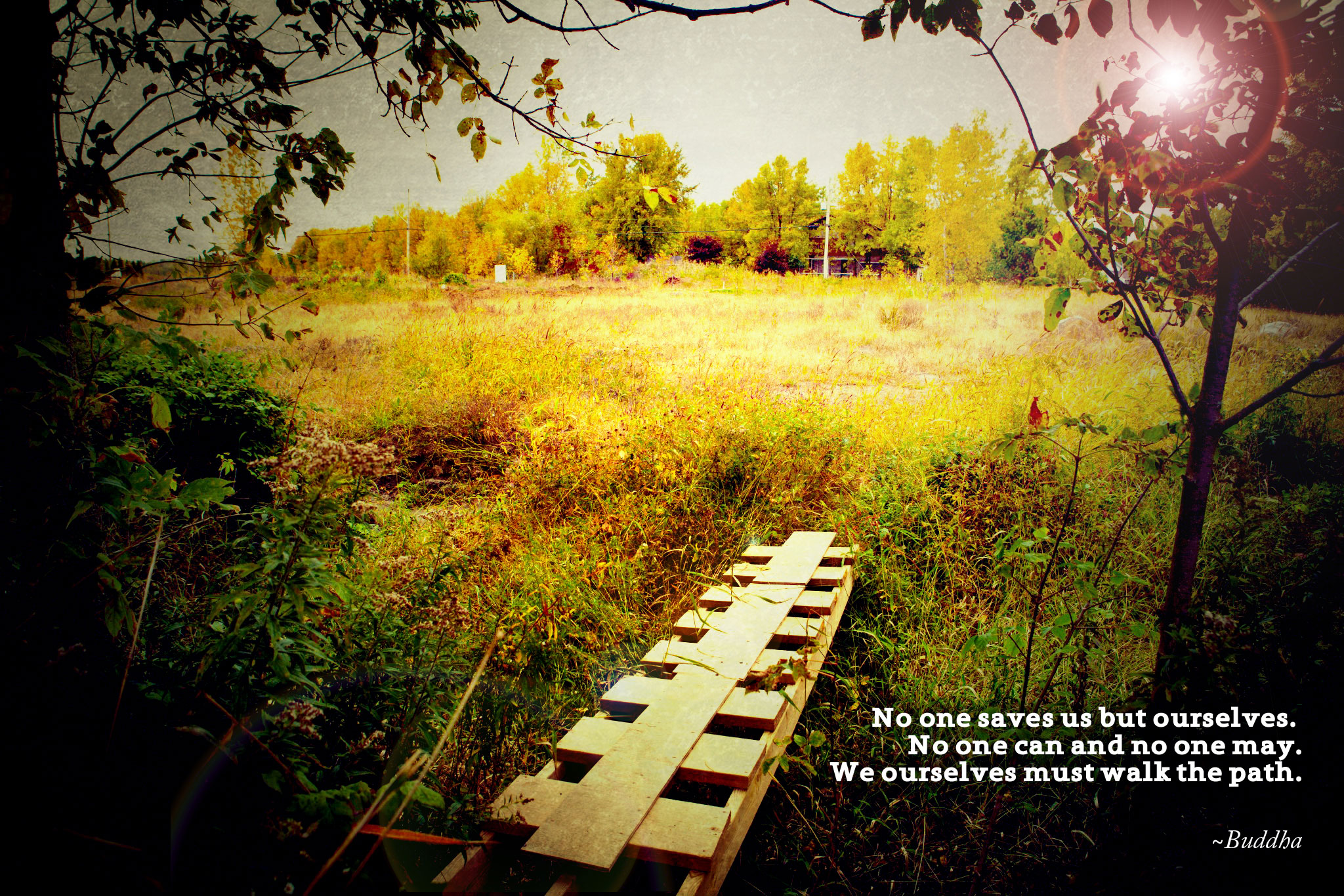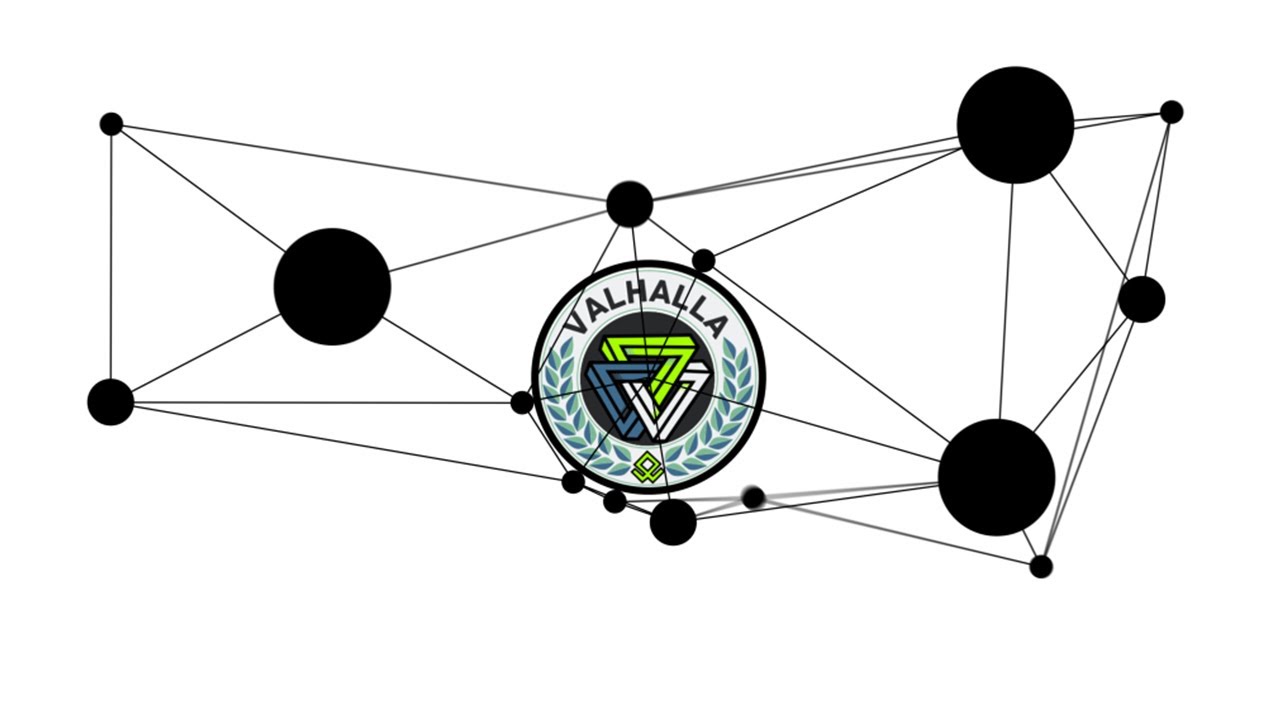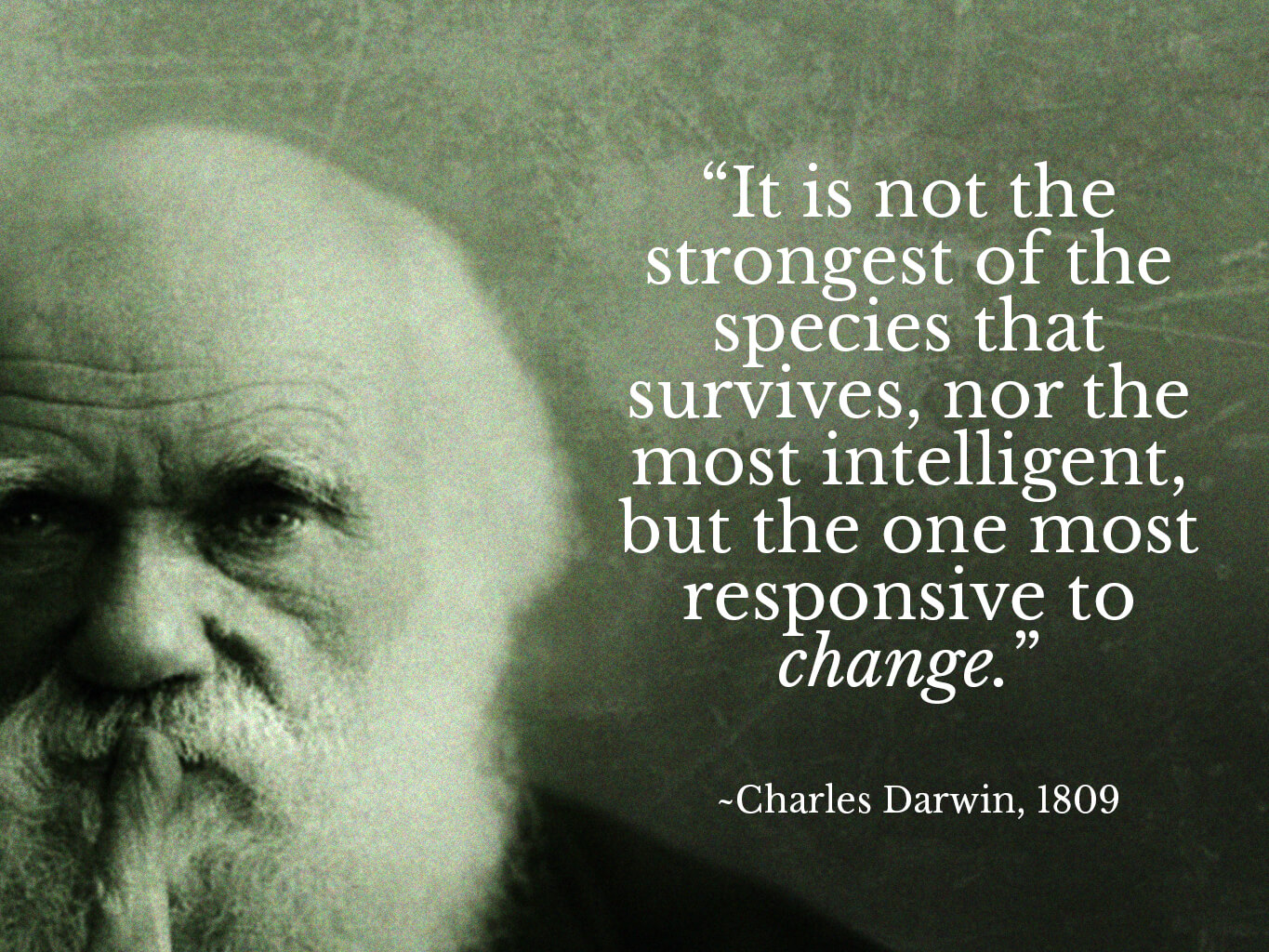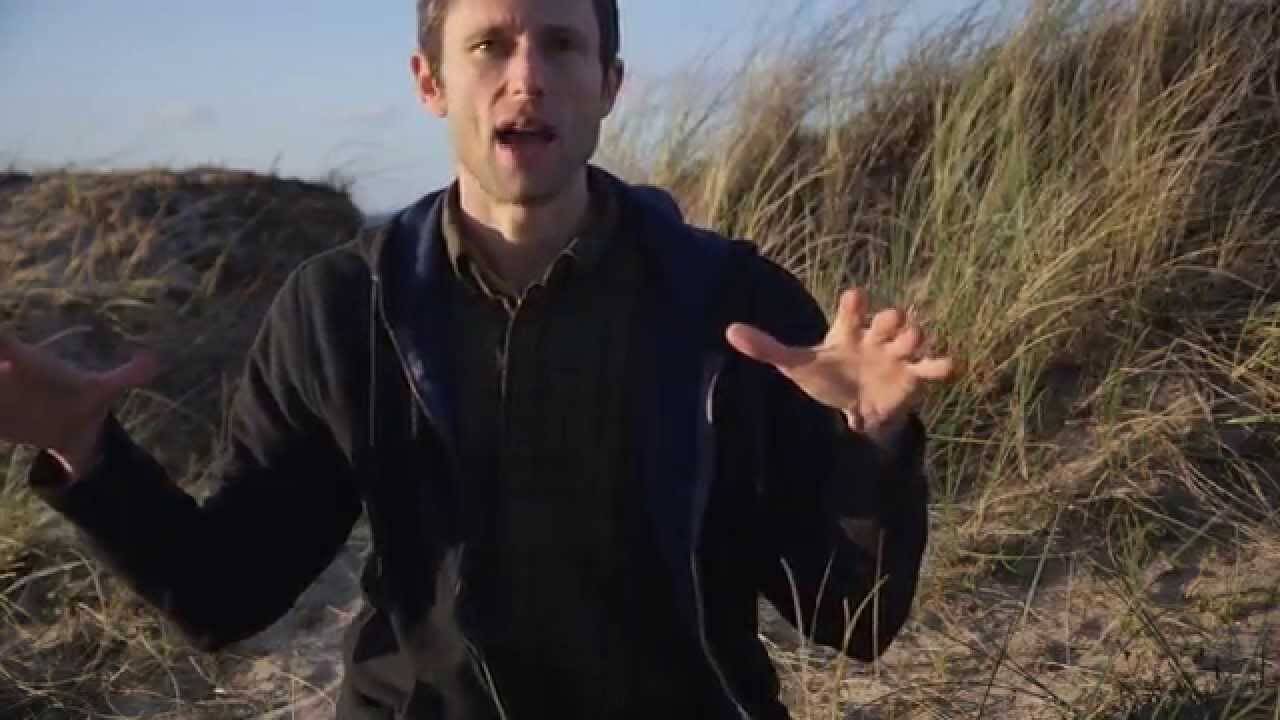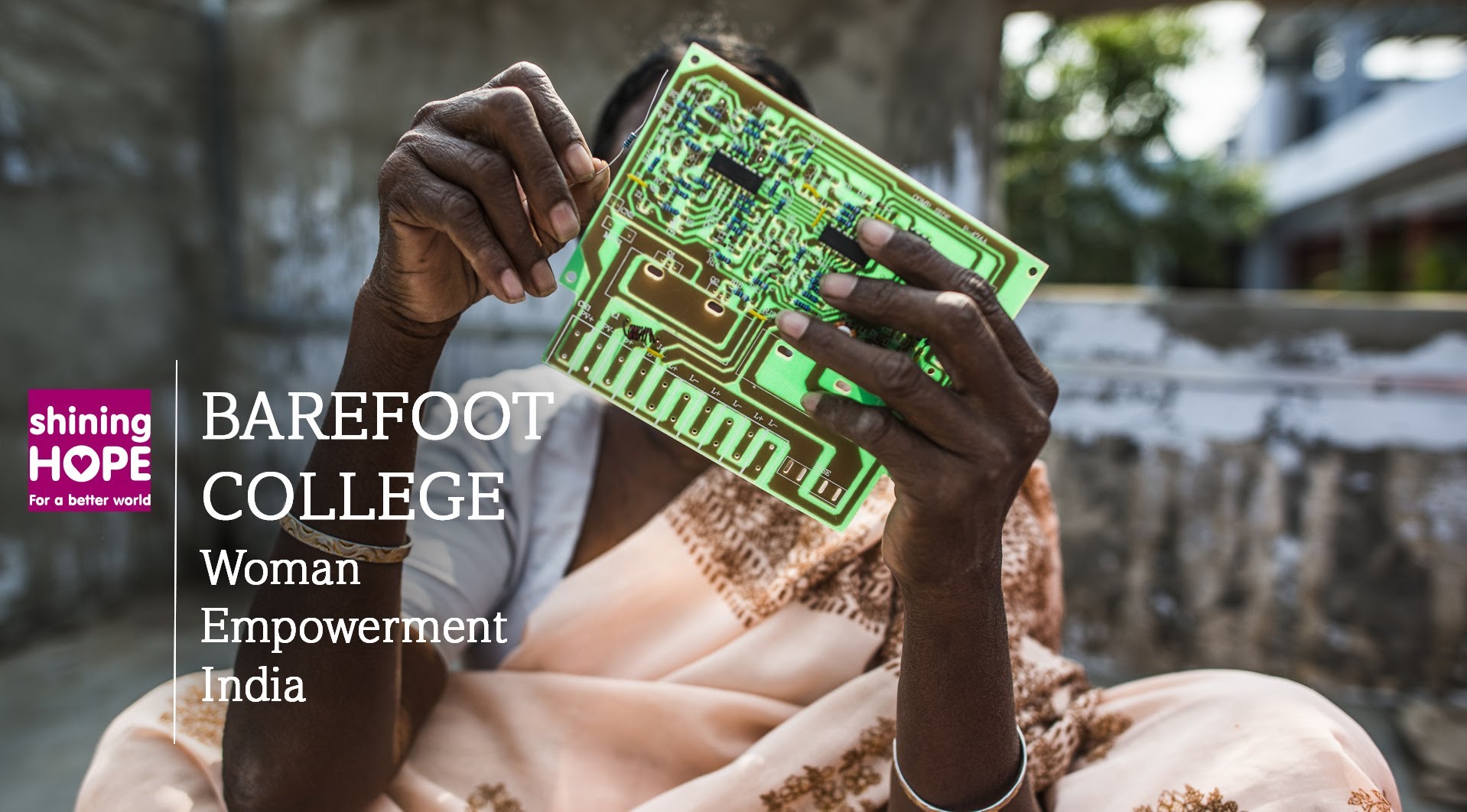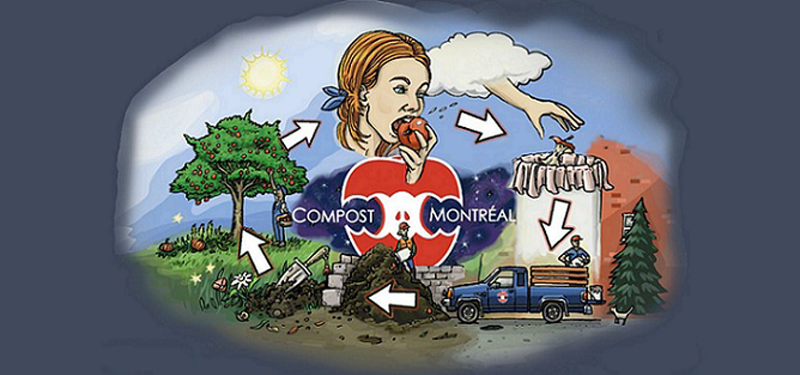No one saves us but ourselves.
No one can and no one may.
We ourselves must walk the path
Buddha
Absolutely Free!
The only way to deal with an unfree world is to become so absolutely free that your very existence is an act of rebellion.
Albert Camus
This Is What Happens When A Kid Leaves Traditional Education
Logan Laplante is a 13 year-old boy who was taken out of the education system to be home schooled instead. Not only was he home schooled, but Logan had the ability to tailor his education to his interests and also his style of learning, something traditional education does not offer. As Logan has mentioned, when he grows up he wants to be happy and healthy. At a TEDx talk in 2013, he discussed how hacking his education is helping him achieve that goal.
Logan’s story can be seen in a similar light as Jacob Barnett‘s story who was first put in Special Ed by his school until he was pulled out of standard education and is now seen as an incredibly intelligent young person who is on track to winning a Nobel Prize one day.
I also recently did a TEDx talk in 2014 about my story of leaving college for good. You can check that out here.
More on Education & Homeschooling
Education is often considered the foundation for creating a well rounded and productive society, but this belief usually stems from being sure that those coming out of the education system are able to keep the cogs of society turning in order to maintain profit margins of large companies in a system that requires constant growth. Instead of having creative and out-of-the-box-thinking people, the current style of education creates more submissive, obedient and trained graduates so the current system is always maintained.
What this means is that standard education is focused less on each individual and their growth and more on creating a supply of worker bees that can go out into the world and follow within the confines the system sets out. Sir Ken Robinson gave a famous TED talk in 2007 where he discussed his beliefs about how education kills creativity. This TED talk is one of the most viewed TED talks of all time and has inspired many to re-think the way we are educating our children. Since traditional education is still taking its time with adjusting, many are turning to homeschooling as a solution as it allows children to explore education much like Logan did.
Currently about 3.8% of children ages 5 – 17 are home schooled in the US. In Canada, that number drops to about 1%. This is a number that is expected to continue growing in both countries as more see the limitations of our current education system. Also, studies done in the US and Canada show that home schooled children out perform their peers from both private and public schools.
In my view, home schooling is much more likely to create a creative, adaptive, and forward thinking person who is less conditioned to think only within the small confines of a crumbling system. Does this mean it is for everyone and that one can’t turn out that way through standard education? No, I simply feel the chances are far greater with homeschooling.
My decision to leave school behind when I was in college came from the same beliefs I hold today about education. I felt confined within the system and I felt it wasn’t going to lead me somewhere I wanted to be. It didn’t matter whether I was studying business, engineering, marketing or music, I did not enjoy the methods and couldn’t see a way to change things except by leaving. Aside from what society would make us think, leaving education and a diploma behind was one of the greatest decisions I have ever made as I was then able to explore and learn anything I wanted without having to worry about a rigid structure which promotes memorization and useless testing. I believe we will be OK if we leave the current education system behind and choose other methods. This isn’t to say homeschool is for everyone, but I truly believe that a drastic, and I mean drastic, change in the way our education system functions needs to happen, and soon.
Does Education Kill Creativity?
Sources: http://a2zhomeschooling.com/thoughts_opinions_home_school/numbers_homeschooled_students/ http://www.fraserinstitute.org/publicationdisplay.aspx?id=12420&terms=Home+schooling+is+an+effective+alternative+to+the+public+school+system
Obama vetoes Keystone pipeline bill
The president has consistently expressed his opposition to the legislation, even referencing it in his January State of the Union address. The White House has argued that the State Department should finish its assessment of the pipeline, as the project may not create as many jobs as supporters have claimed.
Opponents of the pipeline have highlighted the potential for a negative environmental impact, as it may increase carbon pollution and could spill into an aquifer that provides much of the freshwater in the Great Plains agricultural states.
Read More New GOP Congress, new Keystone pipeline bill
Senate Majority Leader Mitch McConnell, who made passing the bill a top priority after Republicans gained control of the chamber in November’s elections, has framed the measure as a “jobs bill.” Even if Obama rejects the bill, “the new Congress won’t stop pursuing good ideas,” McConnell said.
Keystone supporters in the Senate are at least four votes shy of the two-thirds vote needed to override an Obama veto. They have vowed to attach language approving the pipeline in a spending bill or other legislation later in the year that the president would find difficult to reject.
TransCanada’s pipeline would carry 830,000 barrels a day of mostly Canadian oil sands petroleum to Nebraska en route to refineries and ports along the U.S. Gulf. It has been pending for more than six years.
-Reuters contributed to this report.
The First Wave Power Plant Is Officially Operational
Anyone who’s gone swimming on a windy day knows the power of the ocean’s waves. Yesterday, Australia marked the next step forward in harnessing that energy by switching on the world’s first large-scale wave energy power plant.
Though there are other small wave power devices that feed into commercial grids (like the Islay LIMPET in the UK), Australia’s Perth Wave Energy Project is the largest grid-connected plant in the world and operates multiple wave energy devices.
There are a whole host of different technologies designed to take advantage of the ocean’s undulations, but the Perth project’s technology is unique because the units are submerged, rather than floating on top of the water, making them less likely to get battered by storms.
“The fully submerged buoys are tethered to seabed pump units. These buoys move with the motion of the passing waves and drive the pumps. The pumps pressurize fluid which is then used to drive hydro turbines and generators to produce electricity,” Carnegie Wave Energy Limited, which spent the last ten years developing the technology, explained in a press release.

Image: Carnegie Wave Energy
For now, the energy collected into the grid won’t be powering homes across Australia. All of the power generated is being purchased by the Australian Department of Defense to power the country’s largest naval base on Garden Island. But Carnegie is already developing a larger, next generation version of its wave energy devices that the firm claims will deliver four times as much energy as its current model. Those next generation devices could be added to the current fleet to provide a bigger slice of renewable energy to Australia’s grid.
Despite wave energy’s efficiency and reliability, it’s been one of the slowest renewable energies to get off of the ground. Australia’s new plant could just be a flash in the pan-like a similar, but ill-fated, endeavour in Portugal. But if the little bobbing buoys under the water are able to capture as much energy as Carnegie predicts, it could serve as a necessary case study to convince other countries around the world to invest in this underused green technology.
Plants talk to each other using an internet of fungus
It’s an information superhighway that speeds up interactions between a large, diverse population of individuals. It allows individuals who may be widely separated to communicate and help each other out. But it also allows them to commit new forms of crime.
No, we’re not talking about the internet, we’re talking about fungi. While mushrooms might be the most familiar part of a fungus, most of their bodies are made up of a mass of thin threads, known as a mycelium. We now know that these threads act as a kind of underground internet, linking the roots of different plants. That tree in your garden is probably hooked up to a bush several metres away, thanks to mycelia.
The more we learn about these underground networks, the more our ideas about plants have to change. They aren’t just sitting there quietly growing. By linking to the fungal network they can help out their neighbours by sharing nutrients and information – or sabotage unwelcome plants by spreading toxic chemicals through the network. This “wood wide web”, it turns out, even has its own version of cybercrime.
Around 90% of land plants are in mutually-beneficial relationships with fungi. The 19th-century German biologist Albert Bernard Frank coined the word “mycorrhiza” to describe these partnerships, in which the fungus colonises the roots of the plant.
Fungi have been called ‘Earth’s natural internet’
In mycorrhizal associations, plants provide fungi with food in the form of carbohydrates. In exchange, the fungi help the plants suck up water, and provide nutrients like phosphorus and nitrogen, via their mycelia. Since the 1960s, it has been clear that mycorrhizae help individual plants to grow.
Fungal networks also boost their host plants’ immune systems. That’s because, when a fungus colonises the roots of a plant, it triggers the production of defense-related chemicals. These make later immune system responses quicker and more efficient, a phenomenon called “priming”. Simply plugging in to mycelial networks makes plants more resistant to disease.
But that’s not all. We now know that mycorrhizae also connect plants that may be widely separated. Fungus expert Paul Stamets called them “Earth’s natural internet” in a 2008 TED talk. He first had the idea in the 1970s when he was studying fungi using an electron microscope. Stamets noticed similarities between mycelia and ARPANET, the US Department of Defense’s early version of the internet.
Film fans might be reminded of James Cameron’s 2009 blockbuster . On the forest moon where the movie takes place, all the organisms are connected. They can communicate and collectively manage resources, thanks to ” some kind of electrochemical communication between the roots of trees“. Back in the real world, it seems there is some truth to this.
It has taken decades to piece together what the fungal internet can do. Back in 1997, Suzanne Simard of the University of British Columbia in Vancouver found one of the first pieces of evidence. She showed that Douglas fir and paper birch trees can transfer carbon between them via mycelia. Others have since shown that plants can exchange nitrogen and phosphorus as well, by the same route.
These plants are not really individuals
Simard now believes large trees help out small, younger ones using the fungal internet. Without this help, she thinks many seedlings wouldn’t survive. In the 1997 study, seedlings in the shade – which are likely to be short of food – got more carbon from donor trees.
“These plants are not really individuals in the sense that Darwin thought they were individuals competing for survival of the fittest,” says Simard in the 2011 documentary Do Trees Communicate? “In fact they are interacting with each other, trying to help each other survive.”
However, it is controversial how useful these nutrient transfers really are. “We certainly know it happens, but what is less clear is the extent to which it happens,” says Lynne Boddy of Cardiff University in the UK.
While that argument rages on, other researchers have found evidence that plants can go one better, and communicate through the mycelia. In 2010, Ren Sen Zeng of South China Agricultural University in Guangzhou found that when plants are attached by harmful fungi, they release chemical signals into the mycelia that warn their neighbours.
Tomato plants can ‘eavesdrop’ on defense responses
Zeng’s team grew pairs of tomato plants in pots. Some of the plants were allowed to form mycorrhizae.
Once the fungal networks had formed, the leaves of one plant in each pair were sprayed with Alternaria solani, a fungus that causes early blight disease. Air-tight plastic bags were used to prevent any above-ground chemical signalling between the plants.
After 65 hours, Zeng tried to infect the second plant in each pair. He found they were much less likely to get blight, and had significantly lower levels of damage when they did, if they had mycelia.
” We suggest that tomato plants can ‘eavesdrop’ on defense responses and increase their disease resistance against potential pathogen,” Zeng and his colleagues wrote. So not only do the mycorrhizae allow plants to share food, they help them defend themselves.
It’s not just tomatoes that do this. In 2013 David Johnson of the University of Aberdeen and his colleagues showed that broad beans also use fungal networks to pick up on impending threats – in this case, hungry aphids.
Johnson found that broad bean seedlings that were not themselves under attack by aphids, but were connected to those that were via fungal mycelia, activated their anti-aphid chemical defenses. Those without mycelia did not.
“Some form of signalling was going on between these plants about herbivory by aphids, and those signals were being transported through mycorrhizal mycelial networks,” says Johnson.
But just like the human internet, the fungal internet has a dark side. Our internet undermines privacy and facilitates serious crime – and frequently, allows computer viruses to spread. In the same way, plants’ fungal connections mean they are never truly alone, and that malevolent neighbours can harm them.
For one thing, some plants steal from each other using the internet. There are plants that don’t have chlorophyll, so unlike most plants they cannot produce their own energy through photosynthesis. Some of these plants, such as the phantom orchid, get the carbon they need from nearby trees, via the mycelia of fungi that both are connected to.
Other orchids only steal when it suits them. These “mixotrophs” can carry out photosynthesis, but they also “steal” carbon from other plants using the fungal network that links them.
That might not sound too bad. However, plant cybercrime can be much more sinister than a bit of petty theft.
Plants have to compete with their neighbours for resources like water and light. As part of that battle, some release chemicals that harm their rivals.
This “allelopathy” is quite common in trees, including acacias, sugarberries, American sycamores and several species of Eucalyptus. They release substances that either reduce the chances of other plants becoming established nearby, or reduce the spread of microbes around their roots.
Sceptical scientists doubt that allelopathy helps these unfriendly plants much. Surely, they say, the harmful chemicals would be absorbed by soil, or broken down by microbes, before they could travel far.
But maybe plants can get around this problem, by harnessing underground fungal networks that cover greater distances. In 2011, chemical ecologist Kathryn Morris and her colleagues set out to test this theory.
Morris, formerly Barto, grew golden marigolds in containers with mycorrhizal fungi. The pots contained cylinders surrounded by a mesh, with holes small enough to keep roots out but large enough to let in mycelia. Half of these cylinders were turned regularly to stop fungal networks growing in them.
The team tested the soil in the cylinders for two compounds made by the marigolds, which can slow the growth of other plants and kill nematode worms. In the cylinders where the fungi were allowed to grow, levels of the two compounds were 179% and 278% higher than in cylinders without fungi. That suggests the mycelia really did transport the toxins.
The team then grew lettuce seedlings in the soil from both sets of containers. After 25 days, those grown in the more toxin-rich soil weighed 40% less than those in soil isolated from the mycelia. “These experiments show the fungal networks can transport these chemicals in high enough concentrations to affect plant growth,” says Morris, who is now based at Xavier University in Cincinnati, Ohio.
In response, some have argued that the chemicals might not work as well outside the lab. So Michaela Achatz of the Berlin Free University in Germany and her colleagues looked for a similar effect in the wild.
One of the best-studied examples of allelopathy is the American black walnut tree. It inhibits the growth of many plants, including staples like potatoes and cucumbers, by releasing a chemical called jugalone from its leaves and roots.
Achatz and her team placed pots around walnut trees, some of which fungal networks could penetrate. Those pots contained almost four times more jugalone than pots that were rotated to keep out fungal connections. The roots of tomato seedlings planted in the jugalone-rich soil weighed on average 36% less.
Some especially crafty plants might even alter the make-up of nearby fungal communities. Studies have shown that spotted knapweed, slender wild oat and soft brome can all change the fungal make-up of soils. According to Morris, this might allow them to better target rival species with toxic chemicals, by favouring the growth of fungi to which they can both connect.
Animals might also exploit the fungal internet. Some plants produce compounds to attract friendly bacteria and fungi to their roots, but these signals can be picked up by insects and worms looking for tasty roots to eat. In 2012, Morris suggested that the movement of these signalling chemicals through fungal mycelia may inadvertently advertise the plants presence to these animals. However, she says this has not been demonstrated in an experiment.
As a result of this growing body of evidence, many biologists have started using the term “wood wide web” to describe the communications services that fungi provide to plants and other organisms.
“These fungal networks make communication between plants, including those of different species, faster, and more effective,” says Morris. “We don’t think about it because we can usually only see what is above ground. But most of the plants you can see are connected below ground, not directly through their roots but via their mycelial connections.”
The fungal internet exemplifies one of the great lessons of ecology: seemingly separate organisms are often connected, and may depend on each other. “Ecologists have known for some time that organisms are more interconnected and interdependent,” says Boddy. The wood wide web seems to be a crucial part of how these connections form.
Rural Illiterate Grandmothers To Solar Electrify The Rural World
In a quiet classroom forty empty chairs await their students. A blackboard, dusty with chalk, takes up one wall; directly opposite a world map flutters in the dry desert breeze from an open window. Sunlight streams in from the doorframe, as the students begin to take their places around a long trestle table. This is not your …
#Growing The Future
When I was a kid, my dad had a compost pile. Seems to me he didn’t really turn it, nor did it seem like he did much to control the amounts of carbon and nitrogen in there, though I do remember him driving around our neighbourhood after dark in the fall picking up bags of …
Eco-Adventure Meets Positive Development at InTerraTree
Want to get away this winter? Wondering where to go and what to do? Ever dreamt of visiting a remote corner of the world, of spending time in a tropical paradise, living among locals, in a place where life moves slower, the colors are richer, each breath is fresher, and the only way to describe …
EBOLA: An Article Directed At Inspiring You
Ebola is a disease caused by an ebolavirus. Symptoms start two days to three weeks after contracting the virus, with a fever, sore throat, muscle pain, and headaches. Without treatment -typically- vomiting, diarrhea, and rash follow, along with decreased function of the liver & kidneys. The virus is acquired upon contact with blood or bodily fluids of an infected human or other animal.(3) …
I Trust You, Do You Trust Me?
I have to say that one of the greatest things about working in the field of Sustainability is the people you meet along the way. I suppose that once we realize we are innately interconnected with nature, we become Environmentalists. But then the unavoidable fact that we -as humans- are also interconnected is eventually concluded; making …
They Invented Tree Hugging
It’s something often done these days – but have you ever wondered who were the first to start this powerful non-violent style of protest? February of this year, Sheila and I located and learned from an ancient tribe of people who call themselves, The Bishnois. What came from the visit involved way more than just story telling… …
Climate Change[d]
continuing our conversation earlier… Consider that a simple Google News search of the term ‘climate change’ brings up a litany of articles on how a disaster is linked to the phenomenon, or how known consequences are actually worse than initially thought [13]. The basic point of these articles -and the daily message provided to the …

